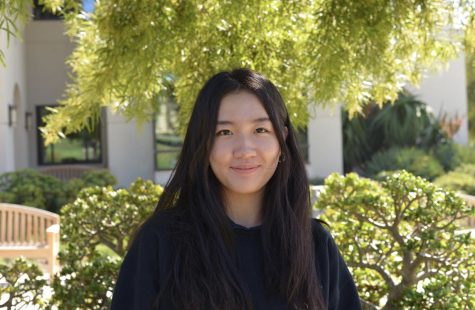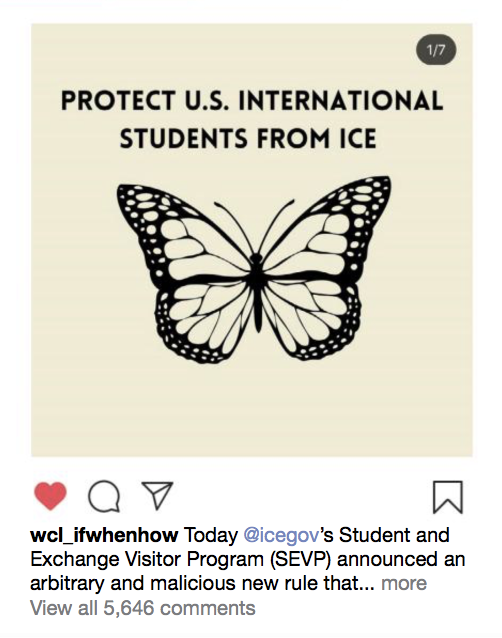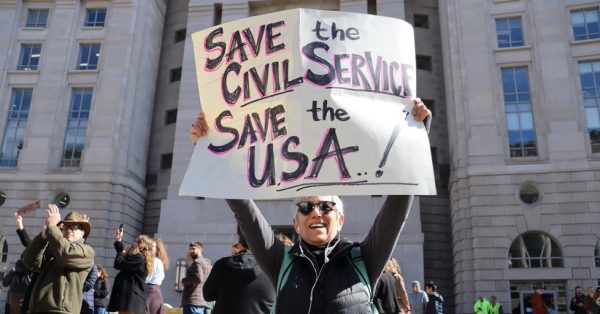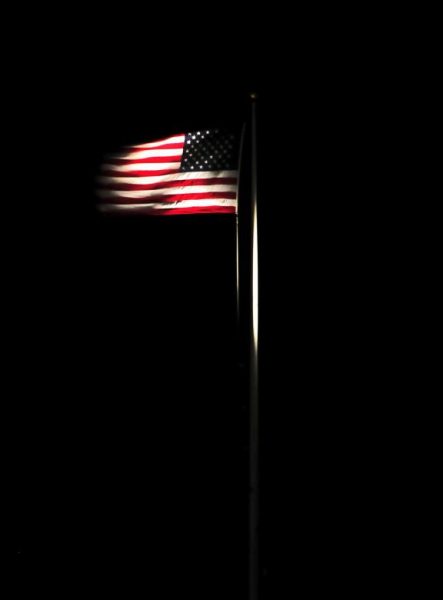Trump Tried to Ban International Students: How He Failed, and Why This Matters
Photo courtesy of @wcl_ifwhenhow on Instagram
The initial announcement of the policy received immediate backlash from all corners of social media platforms.
“It’s hard to say what my initial reaction was,” explained an international student from the St. Paul’s School of New Hampshire. “Since I go to a boarding school, it looked like if I do choose to take classes online, I would be forced to go through a complex procedure relocating outside the United States.”
On July 6, the Immigration and Customs Enforcement (ICE), an agency within the Department of Homeland Security, announced a number of changes to the Student & Exchange Visitor Program (SEVP) that would have significantly impacted international students attending school in the United States. The Trump administration declared that foreign learners would have to leave the United States. if the college or university they attend switches to online-only courses in the fall school year because of the COVID-19 pandemic. “Initially, I was shocked by the heartlessness of the policy. International students are integral to the nature of American academia and it seems cruel to face them with the option of either risking their health at in-person classes or leaving the country entirely,” said senior Vanessa Yang, who was open in sharing her thoughts and being vocal about this issue on Instagram.
Soon after though, on July 8, Harvard University and the Massachusetts Institute of Technology (MIT) sued the Trump administration. The schools’ complaint, filed in the US District Court for the District of Massachusetts, asked for a provisional restraining order and a permanent injunction—a court order that a person or entity take certain actions or refrain from certain activities—preventing the administration from implementing the new policy. By the time of the hearing, more than 200 universities across the nation had announced their support for the lawsuit. Another group of 17 states and the District of Columbia filed a lawsuit of their own, arguing that ICE hadn’t followed the proper method for enforcing the new regulation. On July 14, US officials agreed to revoke the new policy in a settlement with Harvard and MIT—the withdrawal ended more than a week of uncertainty and shock for international learners and academies across the country.
Since this issue could have affected the lives of countless individuals, it is important to consider the dire consequences if this policy had dragged on. American educational institutions would likely have suffered great economic losses, international students’ futures would have been bound with restrictions, and many foreign learners would have been trapped without other options—this decision can be deemed a no-win situation from the beginning.
According to EducationData.org, a site that provides accurate statistics on important topics surrounding education, there are more than a million international students in the U.S. These students contributed nearly $41 billion to the national economy in the 2018-2019 academic year, according to NAFSA: Association of International Educators. American universities rely on the revenue generated from these students, many of whom typically pay full tuition and are not eligible for federal student aid. Losing that contribution would hurt university finances, which would ultimately affect domestic students as well.
Additionally, it is not guaranteed that these students have somewhere to go besides the United States. “The bigger issue is some of these countries have travel restrictions on and they can’t go home, so what do they do then?” said Theresa Cardinal Brown, the director of immigration and cross-border policy at the Bipartisan Policy Center. “It’s a conundrum for a lot of students.” According to Kayak.com, a travel agency and metasearch engine, only 36 out of roughly 200 countries have no travel bans as of July 12. The issued policy would have forced a rough, “one-size-fits-all” policy in response to an intricate dilemma giving international students barely any options, trapping them in a distressing scramble to comprehend whether their future pathways are thwarted.
“American universities are the academic destinations of choice for thousands of young people around the world,” explained Vanessa. “I think the new policy illustrates the government’s willingness to effectively penalize students who did nothing wrong and sends the unfortunate message that diversity within American education is ultimately conditional.” It is important to continue protecting the growing diversity of America—no one should be seen as illegal. No one should be forced to give up their choice of education. No one should be forced to feel trapped in situations like these. Our communities should speak loudly and clearly with a powerfully consistent message. “The first thing I think we should do is educate ourselves so that we know what exactly is going on,” said Katy Silva (‘23). “Next: spread the word. People need to hear about this.” Participating in social activism, signing petitions, and sharing useful information are all ways you can keep helping.

Crystal Li joined The Tower in her freshman year when she moved from Shanghai to San Diego in 2019. Now a senior, she fondly looks back on the four-year...







